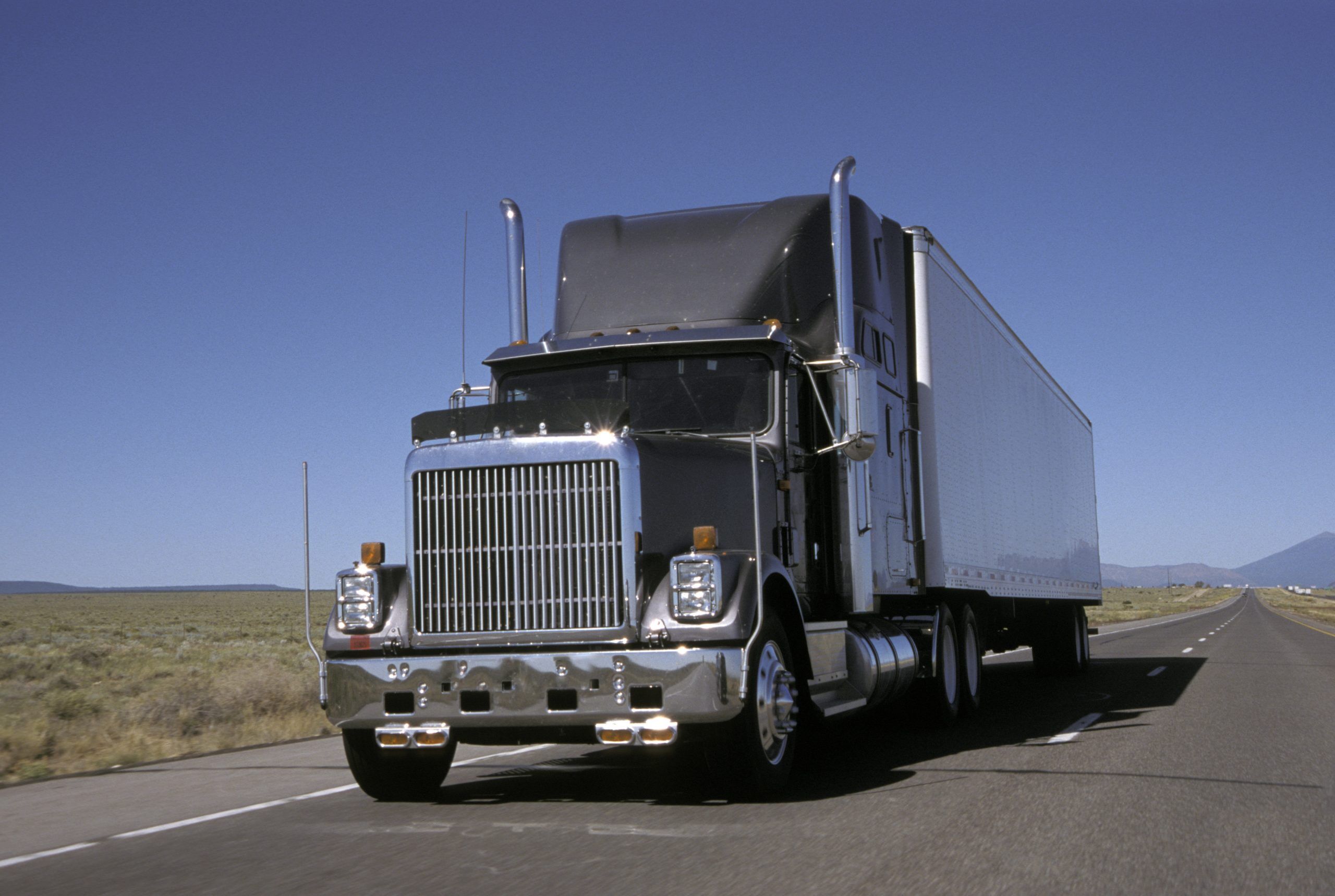 Americans rely on the goods and services brought to us by large, semi-tractor-trailer trucks, but enormous, fully loaded trucks weighing up to 18,000 pounds pose a significant danger to others on the road. Many commercial truck accidents involving a semi-truck and a standard passenger vehicle result from unsafe lane changes.
Americans rely on the goods and services brought to us by large, semi-tractor-trailer trucks, but enormous, fully loaded trucks weighing up to 18,000 pounds pose a significant danger to others on the road. Many commercial truck accidents involving a semi-truck and a standard passenger vehicle result from unsafe lane changes.
Semi-truck blind spots are a leading cause of truck accidents. Understanding truck blind spots helps drivers take proper precautions when sharing the roadway with commercial trucks. If you’ve been injured due to a truck accident, contact our truck accident attorney in Seattle today.
Large commercial trucks pulling trailers are a problem for the truck driver’s visibility. Truck cabs have no center rear-view mirrors because the trailer behind the truck would block the view. Instead, truck cabs have large side-view mirrors on both sides of the cab. Despite the large mirrors, towing a long trailer results in extended blind spots.
Some new model trucks come equipped with side-angle cameras so the driver can monitor blind spots, but most commercial trucks on the road do not yet have this technology. When there is another vehicle in a parallel lane, the truck driver may not be able to see the vehicle if it’s in a blind spot.
The design of a tall semi-truck pulling a trailer leaves lengthy blind spots along the sides, back, and even the front of the truck, including the following blind spot areas:
In congested traffic areas, it’s not always possible to completely avoid traveling in a truck’s blind spot, but drivers should always remain alert and remove themselves from any of the above positions in traffic as soon as it’s safely possible.
Sideswipes due to unsafe lane changes are a common cause of commercial truck accidents. When a truck driver makes a lane change, they have a duty to take all reasonable measures to ensure they are clear to merge into a new lane. Sadly, blind spots make this challenging. Truck drivers must remain aware of the positions of other vehicles around them at all times and cannot completely rely on their side mirrors due to the presence of blind spots that could prevent them from seeing a vehicle in the lane before they merge. Sideswipe truck accidents cause severe damage and injuries to smaller vehicles and the motorists inside.
Semi-tractor-trailer trucks also experience collisions due to the blind spots directly in front of the truck’s cab and behind the trailer. When a driver passes a truck, they should ensure that they’ve cleared at least 20 feet in front of the front of the cab before merging back into the lane in front of the truck. Drivers following directly behind a truck’s trailer should leave enough space to be able to stop if the truck driver suddenly brakes. The driver may not be aware of a vehicle’s presence if they are within 30 feet of the back of the trailer.
Avoiding distractions and remaining alert to your vehicle’s position around a large commercial truck helps minimize the risk of a serious accident. Never linger in a truck’s blind spot and allow plenty of space between your vehicle and a truck when sharing the roadway.